Sitecast Concrete Framing Systems - Sitecast Concrete Tool
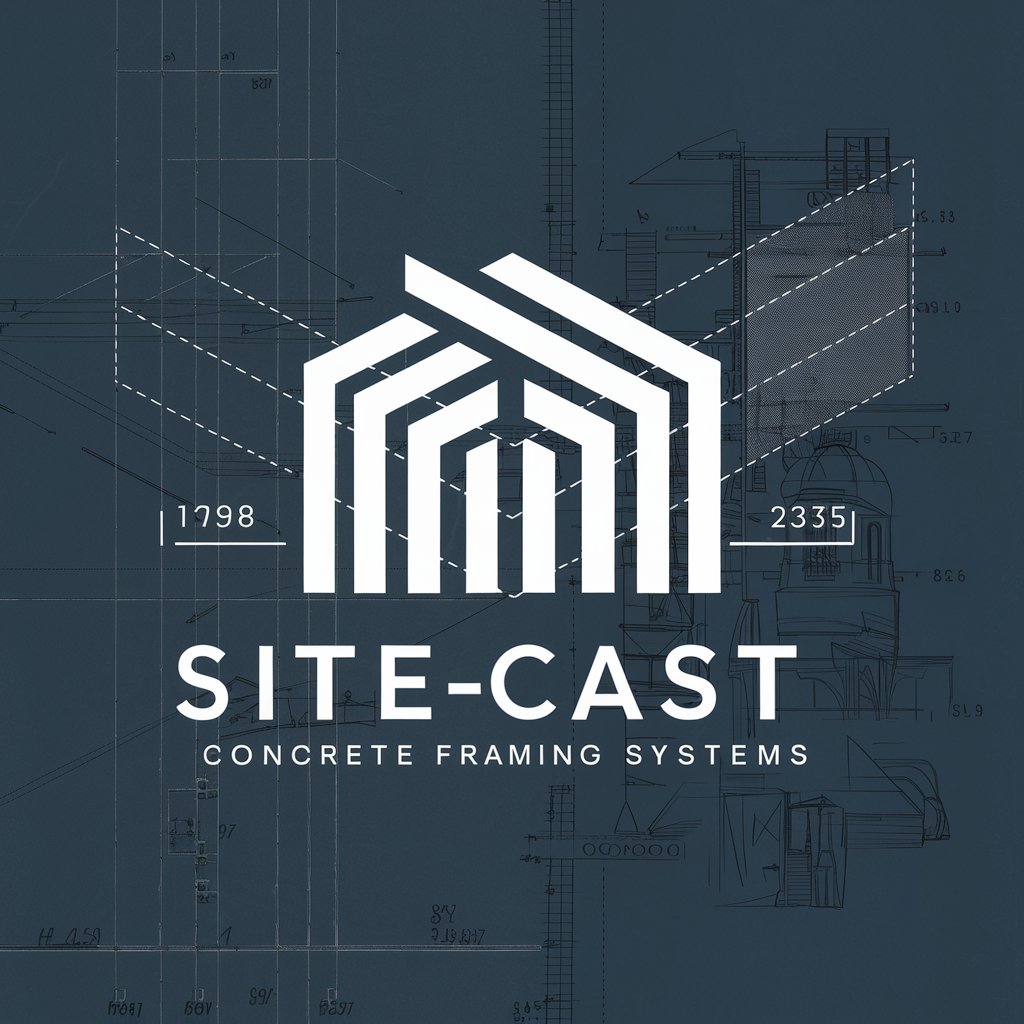
Welcome to Sitecast Concrete Framing Systems, your expert resource for detailed concrete framing information.
Streamlining Concrete Construction with AI
Explain the process of casting a concrete slab on grade, including materials and methods.
Describe the advantages and applications of sitecast post-tensioned framing systems.
Discuss the differences between one-way and two-way floor and roof framing systems in sitecast concrete.
Provide an overview of tilt-up construction and its benefits in modern building projects.
Get Embed Code
Overview of Sitecast Concrete Framing Systems
Sitecast concrete framing systems involve the on-site casting of structural concrete elements such as slabs, walls, columns, and frames. These systems leverage the structural properties of concrete, offering durability and the capability to form massive structures suited for various architectural designs. Unlike precast systems, sitecast construction involves pouring, setting, and curing concrete directly at the construction site. This method allows for more flexibility in terms of adjustments during the construction process and is often used for structures that require unique, site-specific adaptations. Common examples include multistory buildings, bridges, and large infrastructure projects where the strength and integrative nature of concrete are essential. The adaptability of sitecast systems also makes them ideal for projects with complex geometrical configurations or those requiring robust fire resistance and sound insulation properties. Powered by ChatGPT-4o。

Core Functions of Sitecast Concrete Framing Systems
Structural Integrity
Example
High-rise buildings
Scenario
In the construction of skyscrapers, sitecast concrete framing provides the necessary strength and rigidity to withstand heavy loads and high winds, ensuring structural stability over extended periods.
Design Flexibility
Example
Custom-designed homes or unique architectural features
Scenario
Sitecast concrete allows architects and engineers to create structures with complex shapes and curves, as concrete can be poured into variously shaped forms on site, catering to specific design demands.
Durability and Longevity
Example
Infrastructure projects like bridges and tunnels
Scenario
These projects benefit from concrete’s resistance to weathering, chemicals, and wear, making it an ideal choice for structures exposed to harsh environments and requiring minimal maintenance over decades.
Thermal Mass
Example
Energy-efficient buildings
Scenario
The high thermal mass of concrete helps in moderating indoor temperatures, reducing the need for heating and cooling, thus enhancing the energy efficiency of buildings.
Target User Groups for Sitecast Concrete Framing Systems
Construction Professionals
This group includes architects, engineers, and contractors who require robust, versatile construction methods. They benefit from the structural reliability, design versatility, and cost-effectiveness of sitecast concrete in complex and large-scale construction projects.
Infrastructure Developers
Developers focused on infrastructure such as roads, bridges, and public transit systems find sitecast concrete ideal due to its durability and ability to form large, integral structures necessary for such applications.
Real Estate Developers
These users benefit from the rapid construction and long-term durability of sitecast concrete, which are crucial in the competitive real estate market, especially in the construction of residential, commercial, and mixed-use buildings.
Educational and Research Institutions
Academics and researchers studying advanced construction techniques, material science, and sustainable practices use sitecast concrete as a case study for innovation in building technology and sustainability.

How to Use Sitecast Concrete Framing Systems
Start a Free Trial
Begin by accessing a no-cost trial at yeschat.ai, with no requirement for login or subscription to ChatGPT Plus.
Familiarize with Resources
Explore and familiarize yourself with key resources such as the American Concrete Institute and the Portland Cement Association to understand industry standards and best practices.
Review Design Protocols
Study structural design protocols and building codes pertinent to sitecast concrete systems, ensuring compliance with local and international construction standards.
Plan Your Project
Utilize the tool to plan and visualize different sitecast concrete framing layouts, adjusting parameters to suit specific project needs and requirements.
Engage with Community
Participate in forums and community discussions within the tool to exchange ideas, solve challenges, and keep up-to-date with the latest developments in sitecast concrete technology.
Try other advanced and practical GPTs
The Concrete Guy
Streamline Your Build with AI-Powered Precision
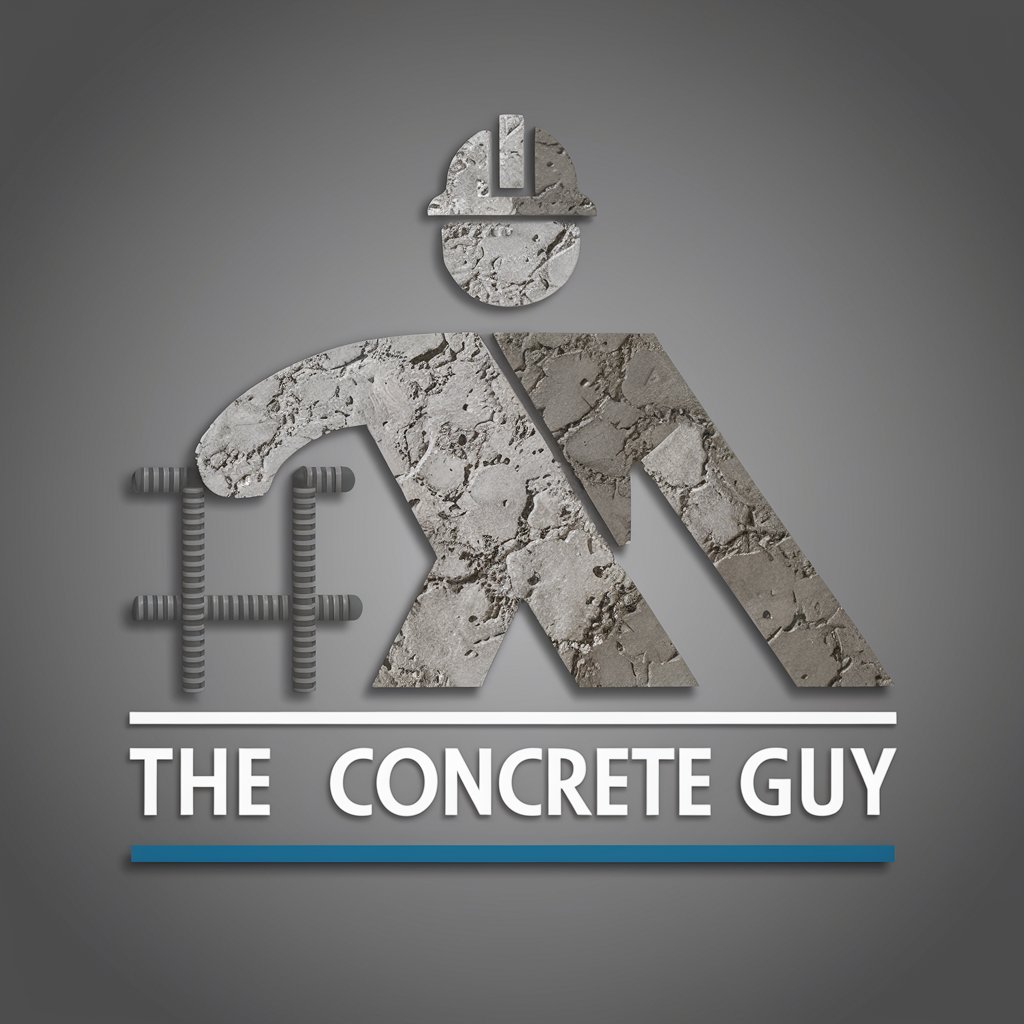
Concrete Creativity Guru
AI-Powered Concrete Solutions
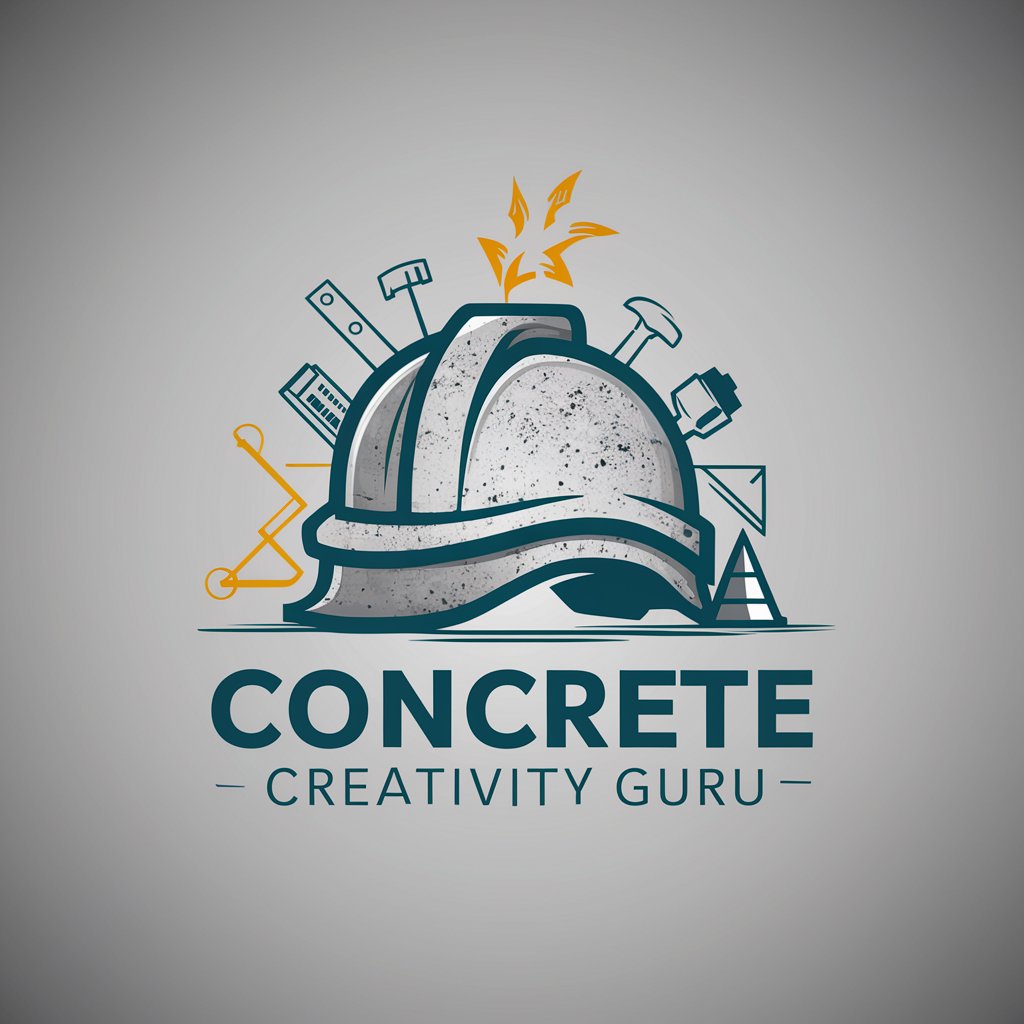
Sushi Day
AI-powered sushi culinary guide

NVR510ルーターマニュアル専門家
Your AI-Powered NVR510 Guide
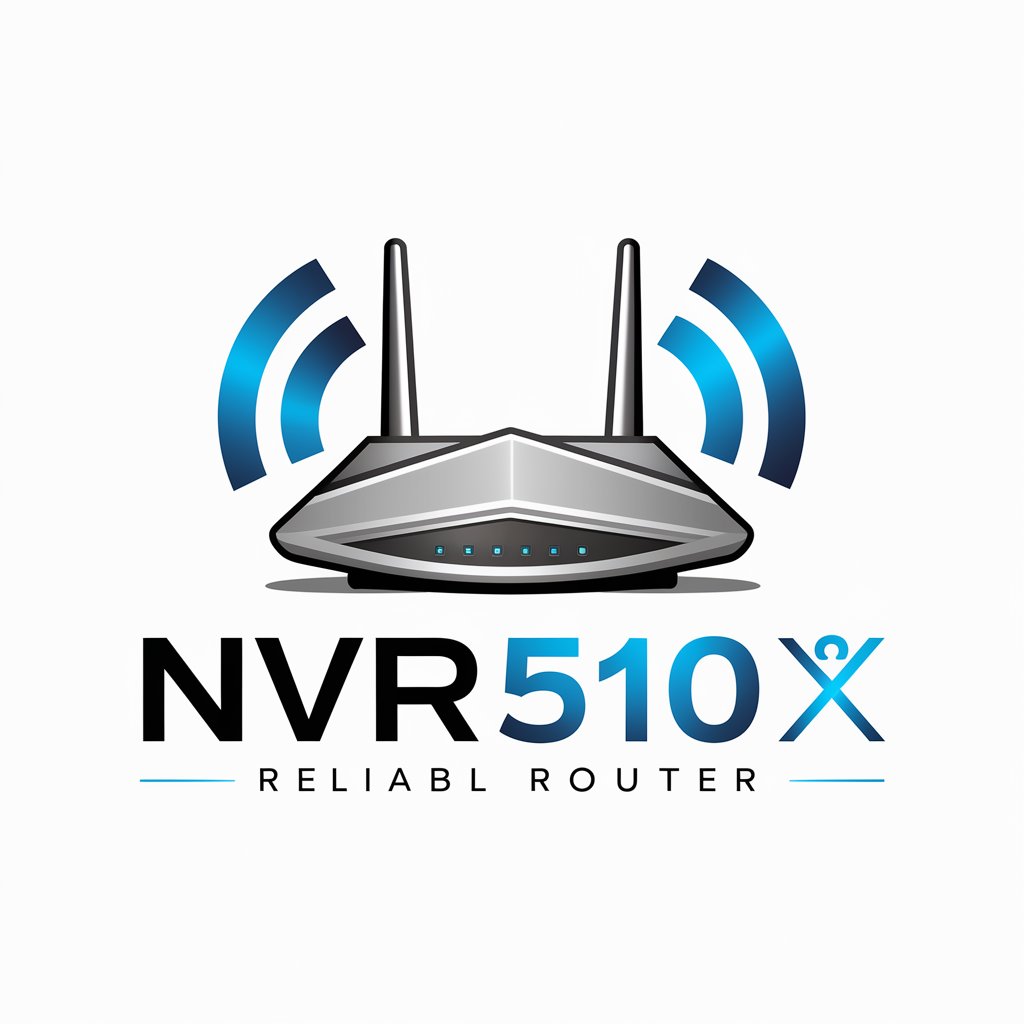
GPTカスタマイザー
Powering Personalized AI Interactions

Partnerships Navigator
Empowering Rural Partnerships with AI

Concrete Tutor
Empowering Your Design with AI
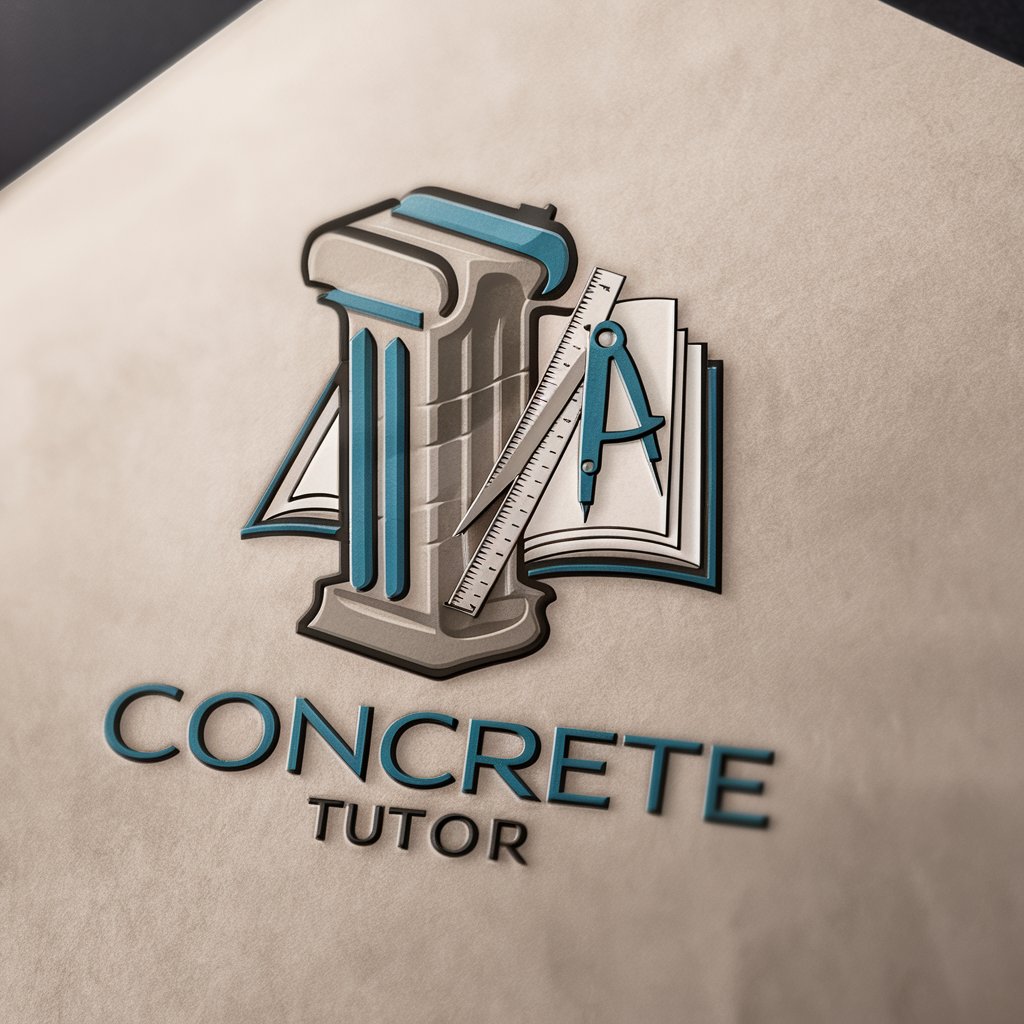
Precast Concrete Framing Systems
Empowering Concrete Construction with AI
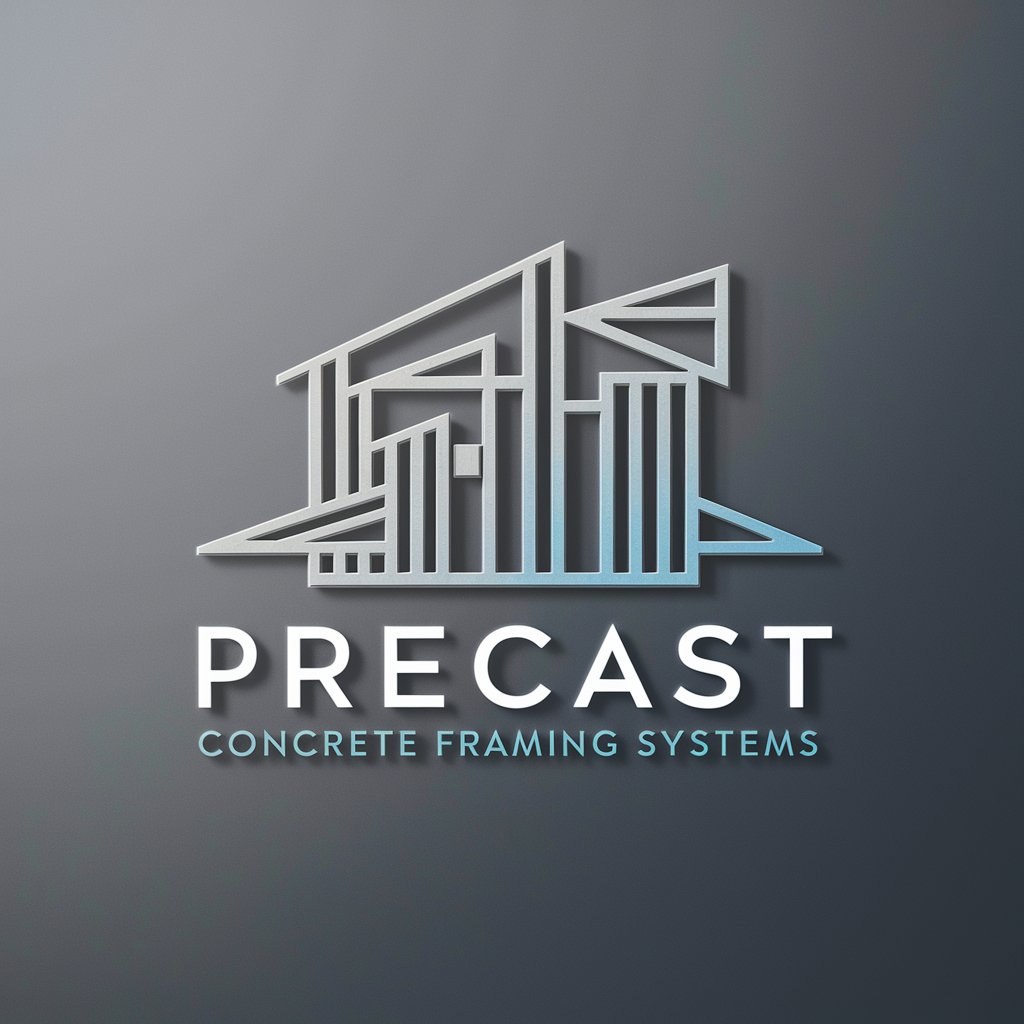
Stationary Concrete Pump Tech Support
Expert AI-powered pump guidance

Elegant Tailor
Crafting Elegance with AI

aspiration ASSISTANT
Empower Your Aspirations with AI

旅行アドバイザーBRAIN
Your AI-Powered Travel Guide

Frequently Asked Questions about Sitecast Concrete Framing Systems
What is the primary advantage of using sitecast concrete framing systems?
The primary advantage of sitecast concrete framing systems is their ability to be molded into virtually any shape on-site, providing flexibility in design and a high degree of structural integrity.
How does sitecast differ from precast concrete systems?
Unlike precast concrete systems which are manufactured in a factory, sitecast concrete is poured and cured directly at the construction site, allowing for more customizable dimensions and shapes suited to specific project requirements.
What are the environmental considerations of using sitecast concrete?
Sitecast concrete framing systems must consider factors like the carbon footprint of cement production and transportation. Using supplementary cementitious materials can mitigate these impacts significantly.
Can sitecast concrete systems be used for all types of buildings?
Sitecast concrete systems are versatile and can be used for a wide range of buildings, from residential to commercial and industrial structures, thanks to their strength and adaptability.
What are common challenges in working with sitecast concrete?
Common challenges include ensuring the concrete mix is consistent, managing the curing process to avoid cracks, and coordinating the logistics of large-scale pours at construction sites.
